The lessons on this page were developed by State of New Mexico Department of Cultural Affairs educators.
Lessons may be viewed, downloaded, printed, and used for educational purposes.
Animals and Ecology

Animals of the Chihuahuan Desert
Fort Selden Historic Site & Taylor-Mesilla Historic Property
Grade Level(s): 4-6
The Chihuahuan desert is considered to be one of the most diverse deserts in the Western Hemisphere and many different animals not only survive but thrive in this environment. In this lesson, students will learn about some of the animals and their characteristics.
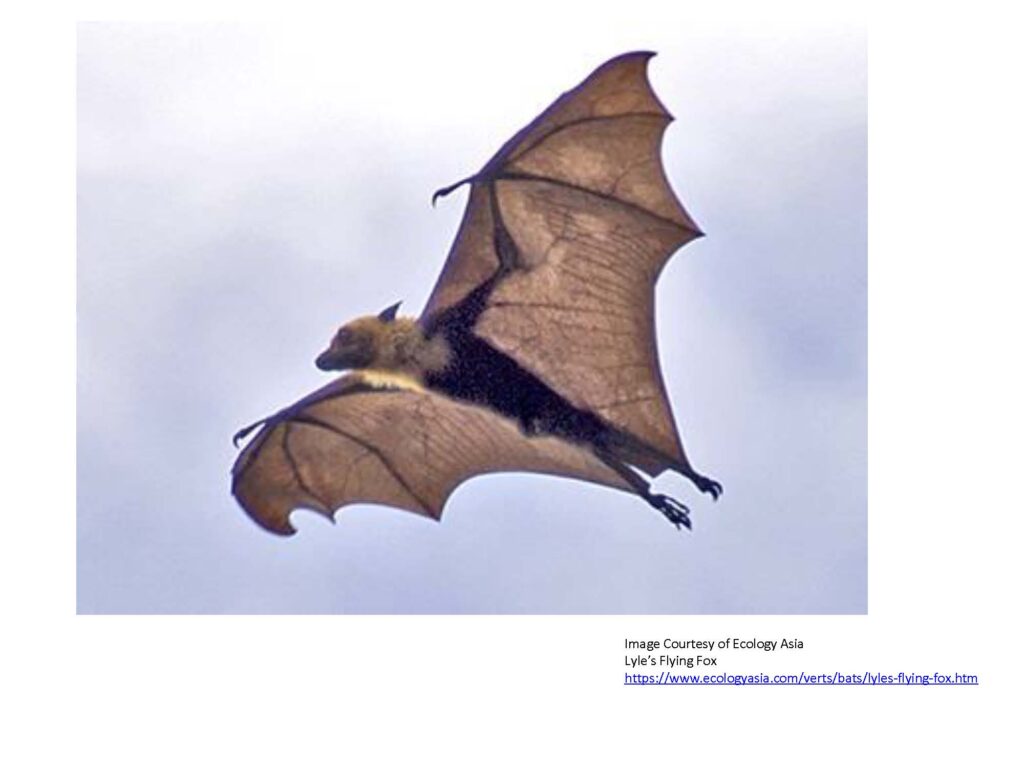
Bats of the Chihuahuan Desert
Fort Selden Historic Site & Taylor-Mesilla Historic Property
Grade Level(s): K-4
For thousands of years many people have considered bats to be mysterious creatures. There are many misconceptions about bats that contribute to the stories and fears that surround them. In this lesson, students will learn about the biology of bats, their habitats, and the truth about some of the most common misconceptions.

Ecology Lessons
Sandia Mountain Natural History Center, New Mexico Museum of Natural History and Science
Grade Level(s): 5-8
Environmental education lessons for the classroom and outdoors. Lessons aligned to 5th grade standards include a virtual field trip covering ecosystem components and interactions, printable outdoor activity worksheets, and ecosystem curriculums for understanding and exploring New Mexico ecosystems. Middle school lessons include an endangered species curriculum, “Wildlife Visits to SMNHC Springs”, and recorded climate change lessons.

Exploring Plants, Animals, and Ecosystems of Los Luceros
Los Luceros Historic Site
Grade Level(s): 1-4
This curriculum unit with 5 lesson plans ties together hands on life science learning focused on plants, animals, and their ecosystems. The lessons tie in standards for second graders , but the different lessons can be scaled up or down as needed.
Art and Activities
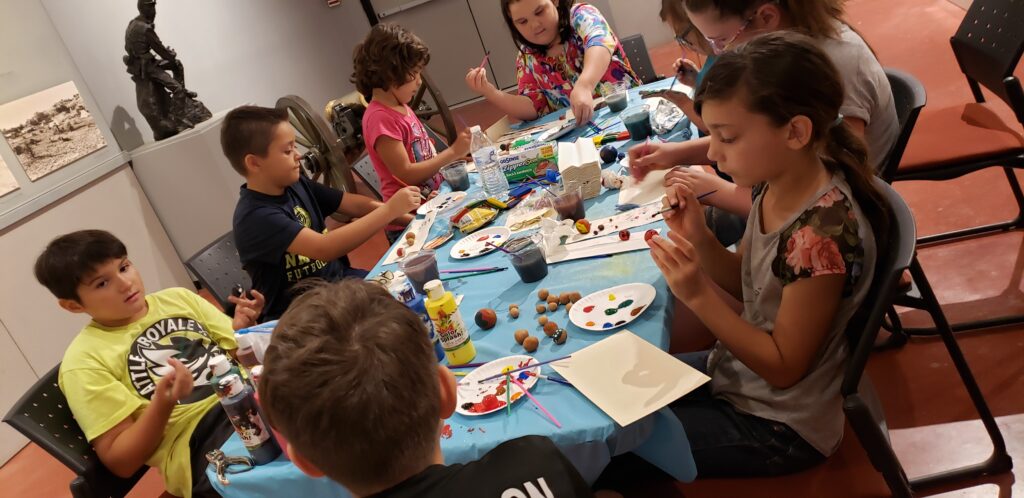
19th Century Toys & Games
Fort Selden Historic Site & Taylor-Mesilla Historic Property
Grade Level(s): K-7
Toys and games have been part of every civilization throughout history. However, they have not always been used primarily in childhood. The use of toys and games has shifted over time. By using this lesson plan, you and your students will be able to learn how the toys and games people play with reflect the times in which they live and how their use developed over time.
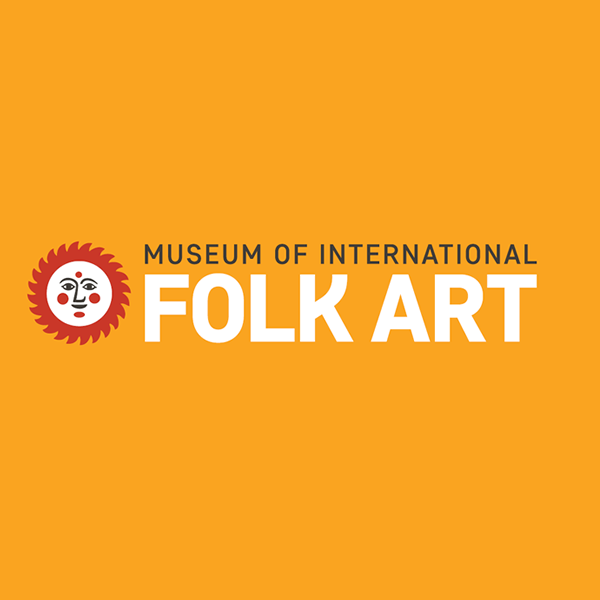
International Folk Art Lessons
Grade Level(s): pre-K – 12
Learn about art connected to culture and festivals from all around the world, and create art inspired by these folk art techniques. Lessons cover: art made with trash, beadwork, a Día de los Muertos ofrenda box, dolls from around the world, Ghanian fabric banners, Japanese windsocks, Flamenco castanets, Peruvian dance capes, Mexican Amate paintings, papel picado, and more.
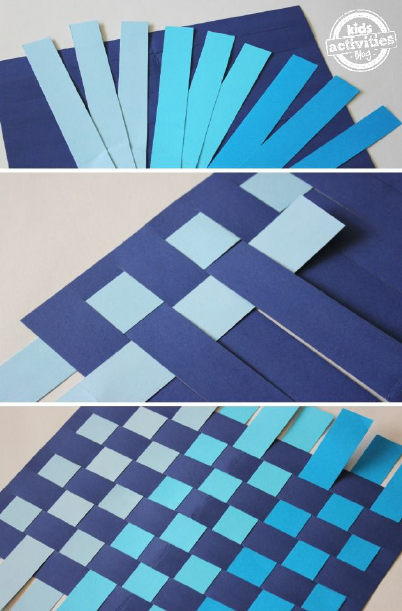
Paper Weaving
Museum of Indian Arts and Culture
Grade Level(s): K-2
Learn the basic concept of weaving with this lesson. Be sure to visit the Museum of Indian Arts and Culture when the completely renovated Here, Now and Always core exhibit that opens in the summer of 2022. In the exhibit, there will be beautiful examples of Navajo weaving. These weavings are made with yarn and created using the basic technique used with this paper weaving project.

Soap Making
Fort Selden Historic Site & Taylor-Mesilla Historic Property
Grade Level(s): 4-8
Today, none of us could imagine a world without soap. In fact we take for granted how important it is until we run out. Modern hygiene and our ability to prevent and stop the spread of infectious diseases rely on this humble staple of modern life. In this lesson, students will learn how soap was discovered and how the manufacturing of soap making has changed over time with our understanding of cleanliness and hygiene.
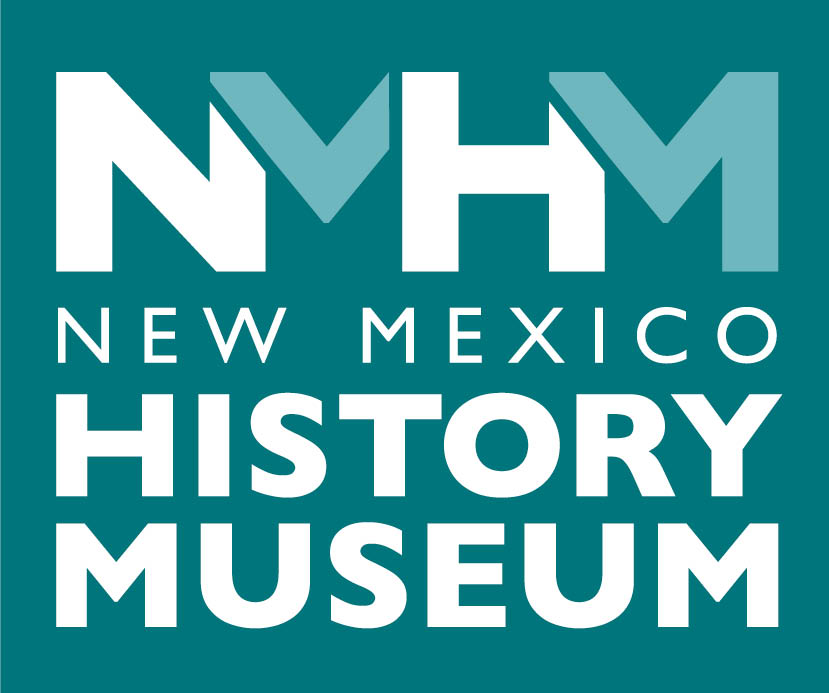
History
New Mexico History Resources
The New Mexico History Museum provides dynamic educational resources for teachers and students of all ages across New Mexico. We strive to offer multifaceted views on New Mexico history, dialogue that bridges social and cultural divides, and reflection on the conditions needed for a more resilient, just, and sustainable future. Whether you visit us in person or use our materials in the classroom, we provide New Mexico State Standards aligned educational materials and engaging experiential learning opportunities!